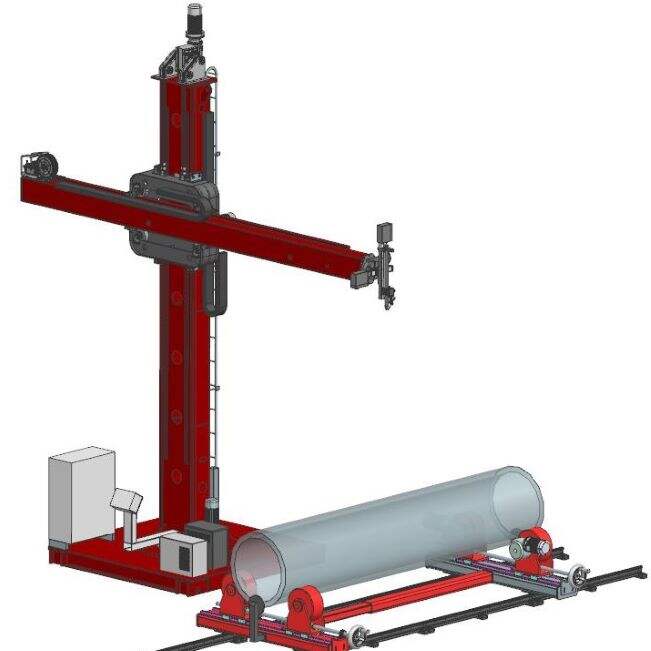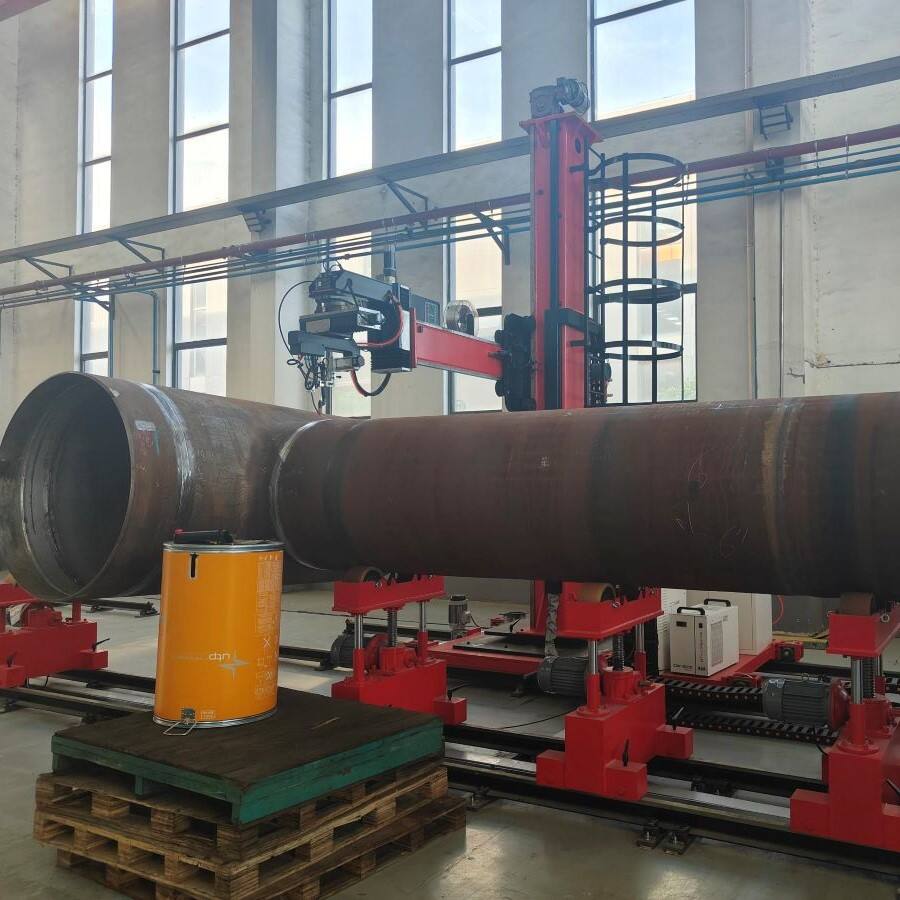cladding welding machine
A cladding welding machine is a sophisticated piece of equipment designed to apply a protective layer of material onto a base metal surface. This advanced welding technology combines precision control with automated operations to create high-quality, wear-resistant surfaces. The machine utilizes various welding processes, including plasma transferred arc (PTA), gas tungsten arc welding (GTAW), or submerged arc welding (SAW), to deposit the cladding material. The system typically features computerized controls for accurate parameter adjustment, automated wire or powder feeding mechanisms, and precise positioning systems. These machines are capable of handling different cladding materials, from stainless steel and nickel alloys to harder materials like carbides, making them versatile for various industrial applications. The process involves carefully controlled deposition of the cladding material, creating a metallurgically bonded layer that enhances the base material's properties. Modern cladding welding machines often incorporate advanced features such as real-time monitoring systems, programmable welding patterns, and automatic quality control mechanisms. They are essential in industries where component durability and corrosion resistance are crucial, such as oil and gas, power generation, and heavy manufacturing.

 EN
EN
 AR
AR BG
BG HR
HR CS
CS DA
DA NL
NL FI
FI FR
FR DE
DE EL
EL HI
HI IT
IT JA
JA KO
KO NO
NO PL
PL PT
PT RO
RO RU
RU ES
ES SV
SV TL
TL IW
IW ID
ID LT
LT UK
UK SQ
SQ HU
HU TH
TH TR
TR FA
FA AF
AF CY
CY MK
MK LA
LA MN
MN KK
KK UZ
UZ KY
KY






